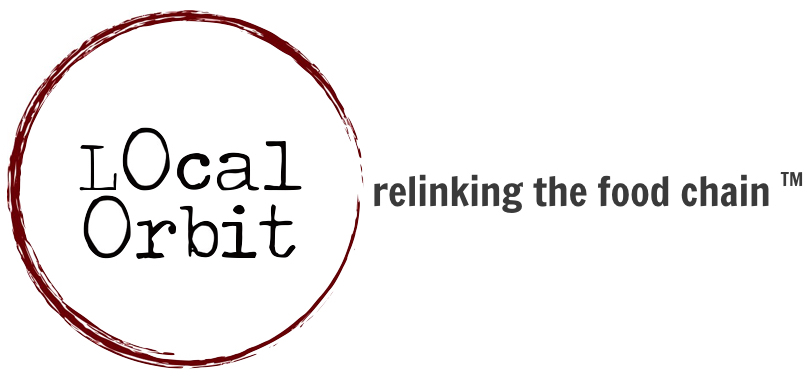 This is a reposted excerpt originally published on the Design for Social Innovation blog and written by Josh Treuhaft. He does a nice job summarizing Erika’s recent talk at the School of Visual Arts, as part of Design for Social Innovation’s lecture series: All the Ways to Live a Good Life.
This is a reposted excerpt originally published on the Design for Social Innovation blog and written by Josh Treuhaft. He does a nice job summarizing Erika’s recent talk at the School of Visual Arts, as part of Design for Social Innovation’s lecture series: All the Ways to Live a Good Life.
Do you ever wonder why local food tends to cost more even though the distance it has to travel is so much less than the global industrial system? Erika Block of Local Orbit – a one-stop shop for e-commerce and business management tools designed specifically to serve the needs of local food systems – knows some of the answers. And she’s doing what she can to change them.
A few weeks ago, on my way into the DSI studio, I made a quick stop at the Union Square Farmers Market. My intention was just to drop off some fruit and vegetable scraps for composting, but as I passed through, a stand overflowing with apples from a local farm caught my eye. I couldn’t resist the sample slices beckoning on the front of the table, so I tried a few and ended up buying four apples. Total Cost: about $5.00.
Six or seven blocks later, nearing the studio, I passed a Trader Joe’s and decided to pop in to pick up a few more things, including some almond butter to eat with the apples I’d just gotten. I noticed that the apples at Trader Joe’s, were selling for about 79 cents each, so four of them would have cost me a little more than $3.00.
Why is it that the apples at TJ’s were about 60% cheaper than the local ones at the farmers market?
I’m sure there are a plethora of reasons for this, most of which I don’t yet know, but after listening to an awe-inspiring keynote last week by Erika Block, founder of Local Orbit, I now understand one of the main ones: Supply Chain Efficiencies and Effective Information Flows.
Continue reading on the Design for Social Innovation blog.
